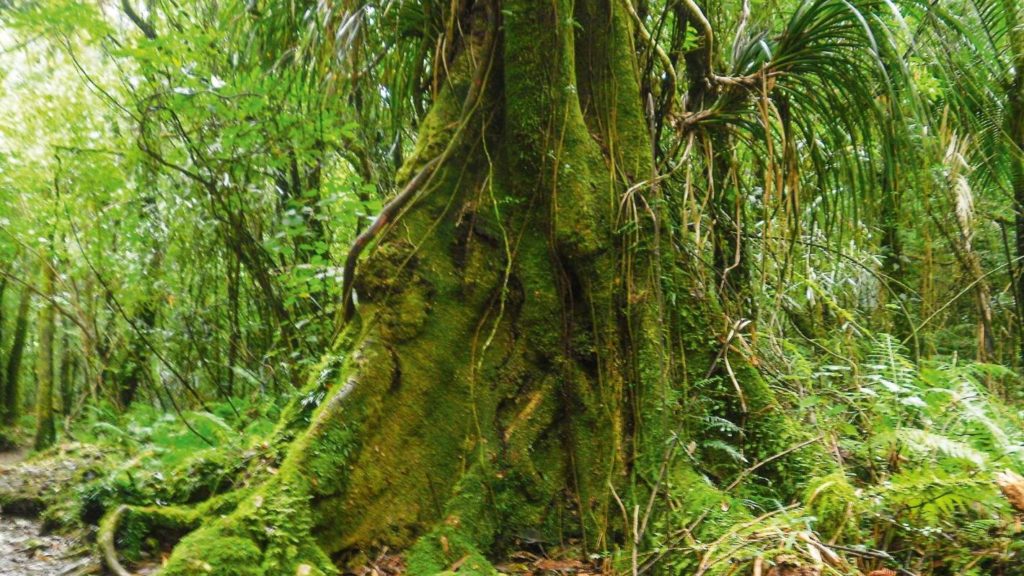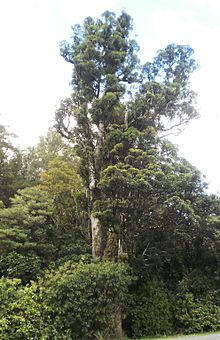The Pukatea (Laurelia novae-zelandiae) tree is typically found in swampy forests, but can also be seen growing on hillsides up to 600m throughout the North Island and to 200m in it’s Southern limits of Marlborough in the east and almost to the bottom of the West Coast of the South Island. In the Waikato, Pukatea commonly grows among kahikatea and tawa. It tolerates shade but is affected by moderate frosts, particularly in it’s initial stages
The leathery oval leaves are up to 8cm long and are deep glossy green, with serrated edges and paler undersides. Typical of many tropical species it will develop buttressed roots as the tree matures, which help stabilise it in soil conditions. In very wet conditions, it will even grow pneumatophores – small snorkel-like structures on its roots that help them breathe underwater.
Like many of our native plants, Maori used pukatea for several medicinal purposes. In this case, the bark was used as a painkiller by boiling the inner layer to make a decoction, while pulped inner bark was held in the mouth to ease toothache. In 1910 by Bernard Aston, the first chemist at the Department of Agriculture isolated pukateine, which has a chemical structure similar to morphine.



